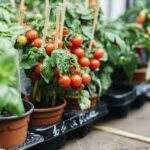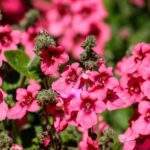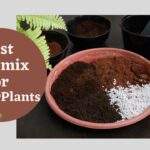7 Best Herbs to Grow Indoors for Year-Round Harvest sets the stage for a lush, aromatic journey into the world of indoor herb gardening. Imagine a vibrant oasis within your home, where fresh herbs thrive all year long, ready to elevate your culinary creations and enhance your well-being. Let’s delve into the green realm of indoor herb cultivation and discover the essential tips and tricks for a bountiful harvest.
As we explore the top herbs to grow indoors, essential supplies, expert tips, and creative ways to use your homegrown herbs, get ready to embark on a flavorful adventure that promises both practicality and pleasure.
Benefits of Growing Herbs Indoors
Indoor herb gardening offers a range of benefits that make it a worthwhile endeavor for any home gardener. Not only can it provide a convenient and cost-effective way to have fresh herbs at your fingertips year-round, but it also has positive environmental impacts.
Year-Round Harvest
Growing herbs indoors allows you to have a year-round supply of fresh herbs regardless of the season. This means you can enjoy your favorite herbs in your cooking whenever you want, without being dependent on external factors like weather or availability in stores.
Cost Savings
By growing herbs indoors, you can save money in the long run. Instead of purchasing expensive packaged herbs from the store, you can simply snip off what you need from your indoor herb garden. This not only reduces your grocery bill but also ensures that you have a fresh and organic supply of herbs at all times.
Environmental Benefits
Indoor herb gardening can have positive environmental impacts. By growing herbs at home, you reduce the carbon footprint associated with the transportation and packaging of store-bought herbs. Additionally, you can avoid the use of harmful pesticides and chemicals by growing your herbs organically indoors.
Essential Supplies for Indoor Herb Gardening
Indoor herb gardening requires specific supplies to ensure successful growth and harvest. These supplies include pots, containers, lighting, and watering systems that cater to the needs of herbs grown indoors.
Types of Pots and Containers
When choosing pots and containers for indoor herb gardening, consider options like terracotta pots, plastic containers, hanging baskets, or window boxes. Terracotta pots are porous and allow for better airflow, while plastic containers are lightweight and easy to move around. Hanging baskets and window boxes are great for saving space and adding a decorative touch to your indoor herb garden.
Proper Lighting and Watering Systems
Proper lighting is crucial for indoor herb gardening since most herbs require at least 6-8 hours of sunlight daily. If natural light is not sufficient, consider using grow lights to provide the necessary light intensity for healthy herb growth. Additionally, a proper watering system is essential to prevent overwatering or underwatering your herbs. Use pots with drainage holes to avoid waterlogging and water your herbs when the top inch of soil feels dry to the touch.
Top 7 Herbs to Grow Indoors
Growing herbs indoors can be a rewarding experience, providing you with fresh flavors and health benefits right at your fingertips. Here are the top 7 herbs that you can easily grow indoors for a year-round harvest:
1. Basil
Basil is a popular herb known for its strong aroma and versatile culinary uses. It requires well-drained soil, ample sunlight, and regular pruning to thrive indoors. Basil is commonly used in Italian dishes, salads, and even teas. It is also known for its anti-inflammatory and antioxidant properties.
2. Mint
Mint is a hardy herb that grows well in containers indoors. It prefers moist soil and indirect sunlight. Mint is widely used in beverages, desserts, and savory dishes. It is known for its refreshing taste and digestive benefits.
3. Parsley
Parsley is an easy-to-grow herb that can thrive indoors with moderate sunlight and well-drained soil. It is a staple in Mediterranean cuisine and is rich in vitamins A, C, and K. Parsley is used to add flavor and color to dishes.
4. Chives
Chives are a low-maintenance herb that grows well indoors with regular watering and partial sunlight. They have a mild onion flavor and are commonly used in salads, soups, and garnishes. Chives are rich in vitamins A and C.
5. Thyme
Thyme is a fragrant herb that thrives indoors with well-drained soil and full sunlight. It is a versatile herb used in various cuisines, especially in Mediterranean and French dishes. Thyme is known for its antibacterial properties and is used to boost immunity.
6. Oregano
Oregano is a robust herb that grows well indoors with plenty of sunlight and good air circulation. It is commonly used in Italian, Greek, and Mexican cuisines. Oregano is rich in antioxidants and has anti-inflammatory properties.
7. Rosemary, 7 Best Herbs to Grow Indoors for Year-Round Harvest
Rosemary is a woody herb that requires well-drained soil, ample sunlight, and good air circulation to thrive indoors. It is commonly used in roasted meats, vegetables, and bread. Rosemary is known for its aromatic flavor and potential health benefits, such as improving digestion and memory.
Tips for Growing Herbs Indoors
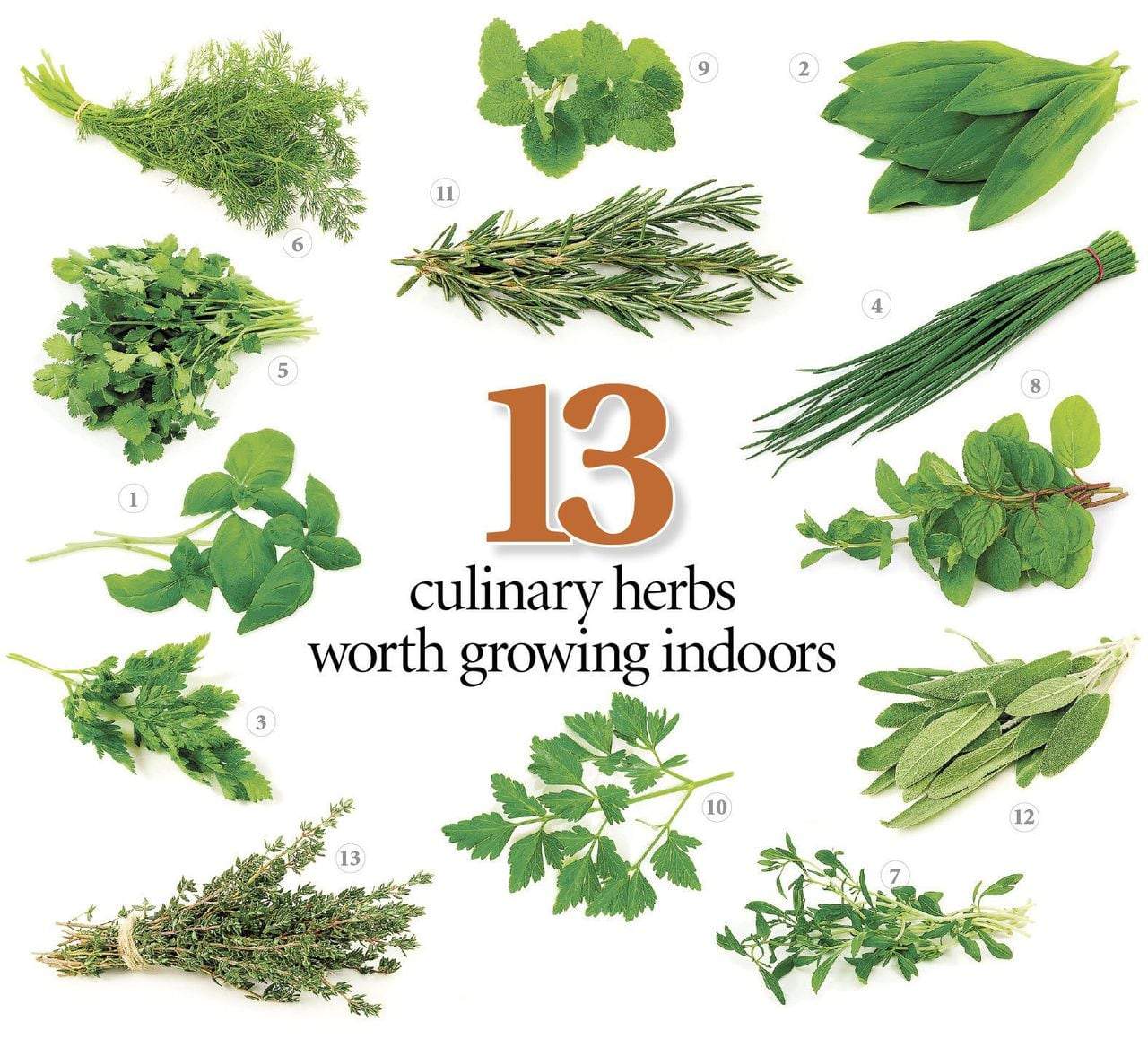
Growing herbs indoors can be a rewarding experience, but it requires proper care and attention to ensure your herbs thrive. Here are some expert tips for maintaining healthy herbs indoors:
Ideal Temperature and Humidity Conditions
Maintaining the right temperature and humidity levels is crucial for the health of your indoor herbs. Different herbs have varying preferences, but generally, most herbs prefer temperatures between 60-70°F and humidity levels around 50-60%. Here are some specific temperature and humidity conditions for popular herbs:
- Basil: Thrives in temperatures around 70°F and requires higher humidity levels.
- Rosemary: Prefers temperatures around 65°F and lower humidity levels.
- Mint: Enjoys temperatures around 60-70°F and higher humidity levels.
Remember to place a thermometer and hygrometer near your herbs to monitor temperature and humidity levels regularly.
Watering and Fertilizing Schedule
Proper watering and fertilizing are essential for the growth of your indoor herbs. Here’s a general watering and fertilizing schedule to follow:
- Watering: Herbs generally prefer slightly moist soil, so water them when the top inch of soil feels dry. Avoid overwatering, as it can lead to root rot.
- Fertilizing: Use a balanced liquid fertilizer every 2-4 weeks during the growing season to provide essential nutrients to your herbs.
Remember to adjust the watering and fertilizing schedule based on the specific needs of each herb and observe how they respond to make any necessary changes.
Common Pests and Diseases in Indoor Herb Gardening: 7 Best Herbs To Grow Indoors For Year-Round Harvest

Indoor herb gardening can be susceptible to various pests and diseases that can hinder the growth and health of your plants. It is important to be aware of these common issues and take preventive measures to ensure a thriving herb garden.
Common Pests
- Aphids: These small insects can quickly multiply and feed on the sap of herb plants, causing damage to the leaves and stems.
- Spider Mites: These tiny pests can create fine webs on plants and suck the juices out of leaves, leading to discoloration and stunted growth.
- Fungus Gnats: These pests lay their eggs in the soil of herb plants, which can lead to root damage and hinder nutrient uptake.
Common Diseases
- Powdery Mildew: A fungal disease that appears as a white powdery substance on leaves, affecting the overall health of the plant.
- Root Rot: Excessive moisture in the soil can lead to root rot, causing the roots to decay and the plant to wilt and die.
- Downy Mildew: Another fungal disease that manifests as yellow or white spots on leaves, eventually leading to leaf drop.
Harvesting and Preserving Indoor Herbs
Indoor herb gardening provides the convenience of having fresh herbs at your fingertips year-round. To ensure continuous growth and maintain the health of your herbs, proper harvesting and preserving techniques are essential.
Harvesting Herbs
When it comes to harvesting herbs, it’s crucial to do it correctly to encourage new growth and ensure the plant’s vitality. Here are some best practices for harvesting indoor herbs:
- Harvest in the morning: Herbs are most flavorful in the morning before the heat of the day depletes their essential oils.
- Use sharp scissors: Make clean cuts just above a leaf node to promote new growth.
- Harvest frequently: Regular harvesting will encourage bushier growth and prevent the plant from flowering too soon.
Preserving Herbs
Preserving herbs allows you to enjoy their freshness and flavor long after the growing season. Here are various methods for preserving indoor herbs:
- Drying: Hang herbs upside down in a warm, dry place or use a dehydrator to dry them quickly.
- Freezing: Chop herbs finely and freeze them in ice cube trays with water or oil for easy use in cooking.
- Storing fresh: Place herbs in a jar with water, like a bouquet, and cover them loosely with a plastic bag in the refrigerator.
Creative Ways to Use Homegrown Herbs
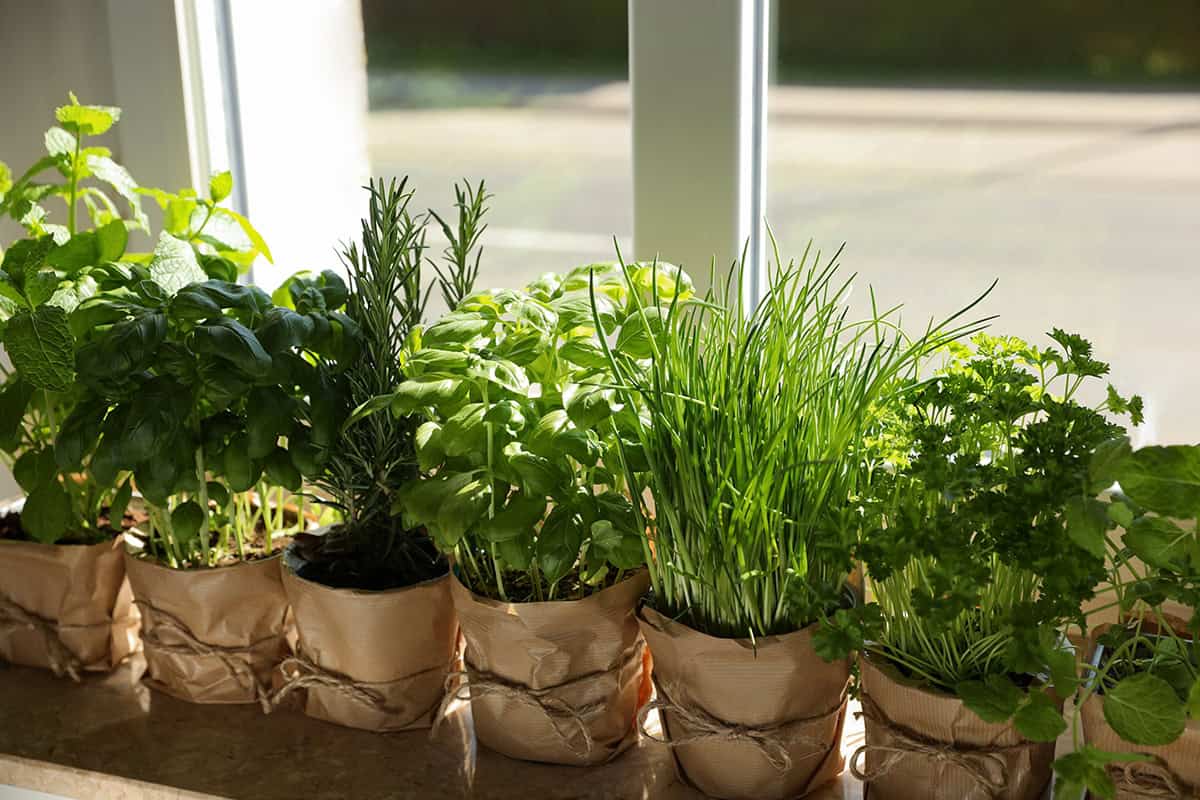
Growing your own herbs indoors not only provides a fresh and convenient source of flavor for your dishes, but it also opens up a world of creative possibilities for incorporating herbs into various aspects of your life. From cooking to crafting, there are endless ways to make the most of your homegrown herbs.
Herb-Infused Oils and Vinegars
One creative way to use homegrown herbs is by infusing them into oils and vinegars. Simply place your favorite herbs in a bottle with olive oil or vinegar and let them steep for a few weeks. The result is a flavorful and aromatic condiment that can be drizzled over salads, pasta, or grilled vegetables.
Herbal Tea Blends
Another way to enjoy the benefits of your indoor herb garden is by creating your own herbal tea blends. Combine fresh herbs like mint, chamomile, and lemon balm to make soothing and fragrant teas that can help promote relaxation and overall well-being.
Herb-Infused Cocktails
Elevate your cocktail game by using homegrown herbs to create unique and refreshing drinks. Muddle herbs like basil, cilantro, or rosemary into your favorite cocktails for a burst of fresh flavor that will impress your guests and elevate your mixology skills.
Herb-Infused Skincare Products
Harness the natural healing properties of herbs by incorporating them into your skincare routine. Create homemade lotions, balms, or scrubs using herbs like lavender, calendula, or rosemary to nourish and rejuvenate your skin.
Herb-Infused Home Decor
Add a touch of greenery and fragrance to your home by using homegrown herbs as decorative elements. Create herb wreaths, bouquets, or centerpieces to bring a fresh and natural ambiance to your living space.
Ending Remarks
As we bid adieu to our herb-infused journey, remember that the key to a successful indoor herb garden lies in your hands. With the right knowledge and care, you can enjoy a constant supply of fresh, flavorful herbs right at your fingertips. So, roll up your sleeves, unleash your green thumb, and let the aromatic symphony of herbs enrich your daily life.
